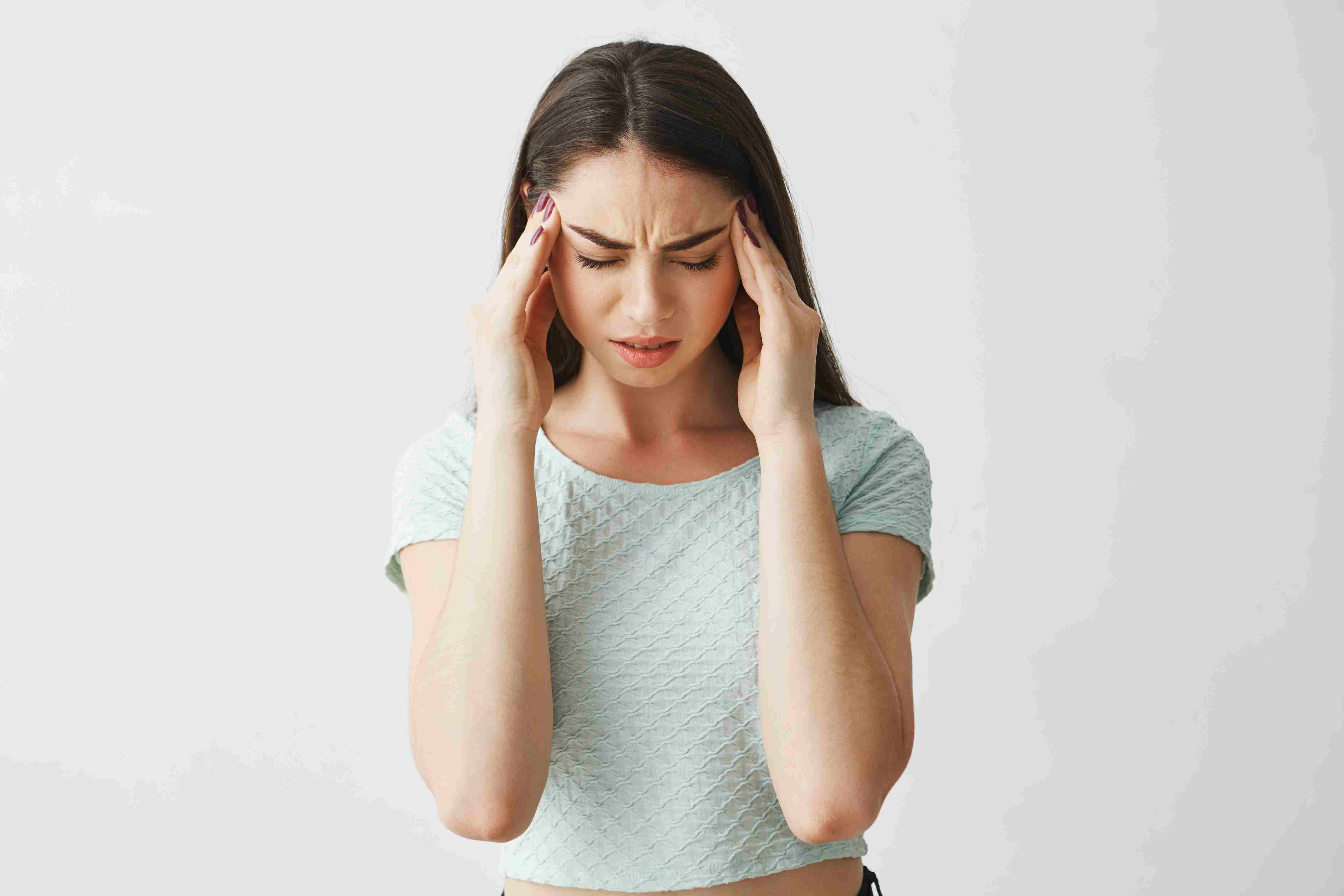Diagnosis
It’s important to diagnose headaches correctly so that specific therapy can be started to help you feel better. Your CPMP provider will discuss your medical history also focusing on your headache history. After completing the medical history part of the evaluation, your physician will perform physical and neurological examinations. The physical examination will look for signs and symptoms of an illness that may be causing the headache. The neurological tests focus on ruling out diseases that might also cause headaches, such as epilepsy, multiple sclerosis, and other cerebrovascular diseases. A CT scan or MRI can be used if your provider thinks your headaches are connected to an issue with your central nervous system. Both tests produce cross-sectional images of the brain that can show any abnormal areas or problems.
If you have back pain, platelet rich plasma therapy may help. It uses parts of your own blood to help your body heal itself. PRP can help your back feel better and work better.
Treatment
MEDICATIONS
- • Aspirin
- • Ibuprofen
- • Naproxen
STRESS MANAGEMENT
Stress management teaches you ways to cope with stressful situations. Relaxation techniques are helpful in managing stress. You use deep breathing, muscle relaxation, mental images, and music to ease your tension.
BIOFEEDBACK
Biofeedback teaches you to recognize when tension is building in your body. You learn how your body responds to stressful situations and ways to settle it down. During biofeedback, sensors are connected to your body. They monitor your involuntary physical responses to headaches, which include increases in:
- • Breathing rate.
- • Pulse.
- • Heart rate.
- • Temperature.
- • Muscle tension.
- • Brain activity
